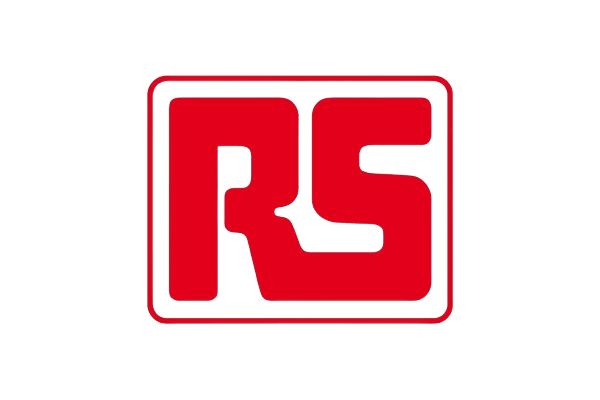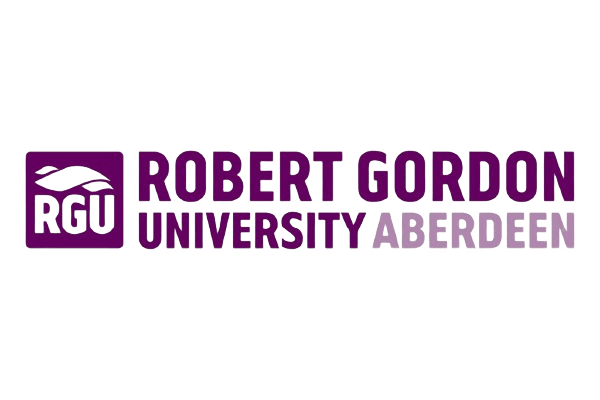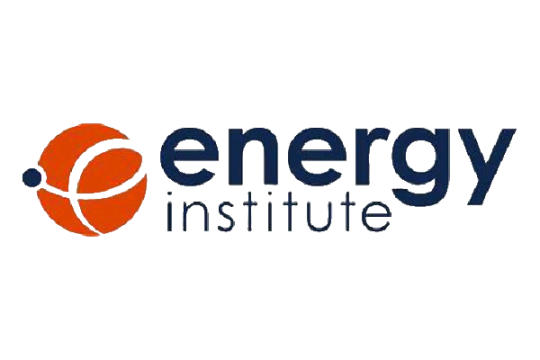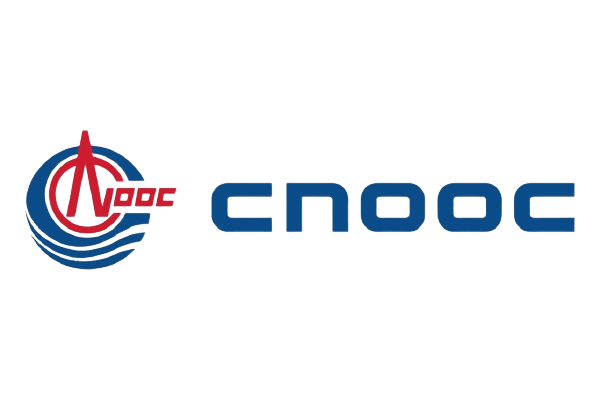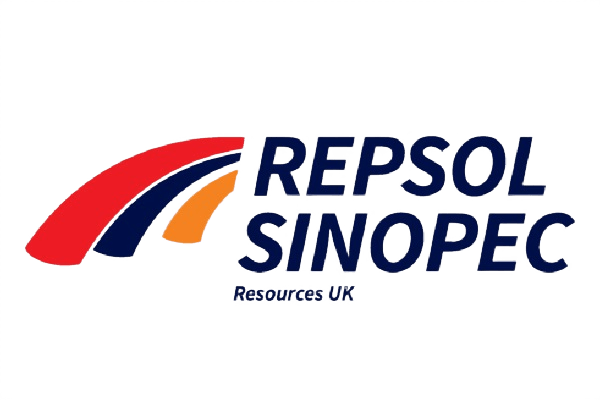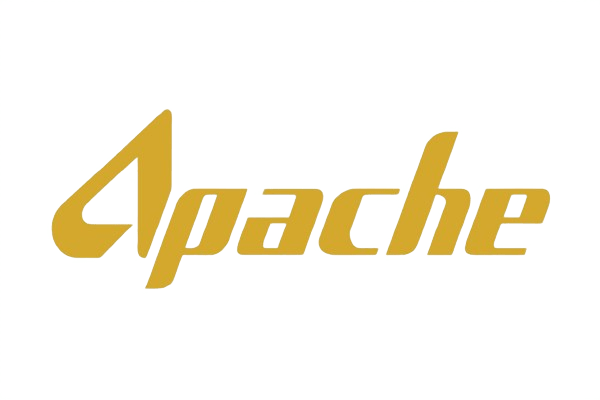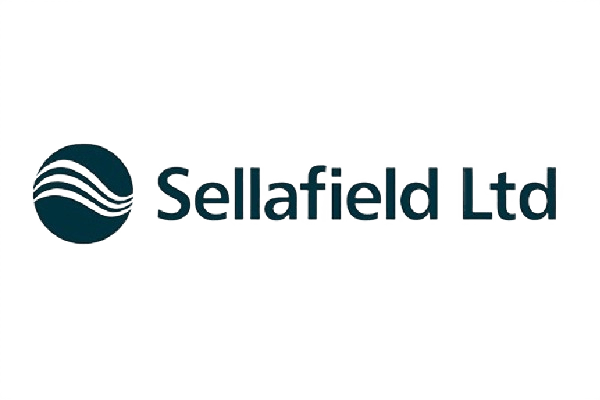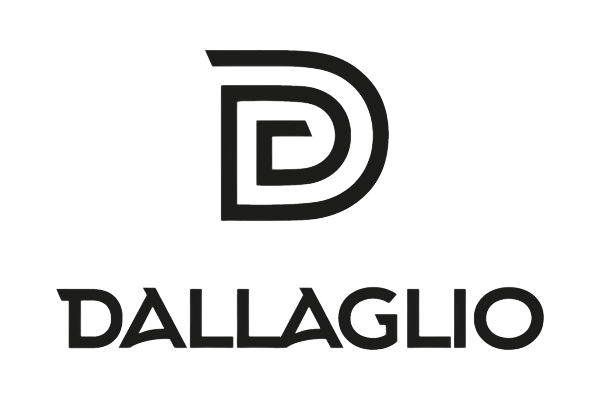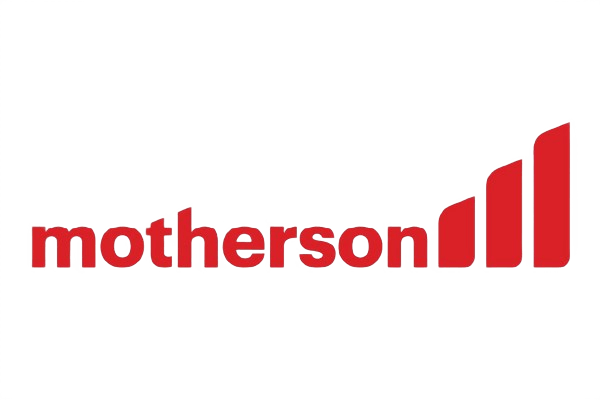Asset management is a critical aspect of ensuring operational efficiency and value delivery across various industries. One emerging concept that holds significant promise in improving asset reliability and maintenance efficiency is OT-driven RCM (Operational Technology-driven Reliability-Centered Maintenance). OT-driven RCM (Operational Technology-driven Reliability Centered Maintenance) combines the principles of Reliability Centered Maintenance (RCM) with the capabilities of modern Operational Technology (OT) systems, such as Industrial Internet of Things (IIoT), advanced sensors, and data analytics. This integration holds significant potential for improving asset reliability and maintenance efficiency which needs to be explored further.
By integrating OT systems with traditional maintenance practices, organizations can unlock a host of benefits that can drive performance optimization and cost savings. While the implementation of OT-driven RCM requires a strategic approach, organizational readiness, and investment in technologies and workforce skills, the potential benefits in terms of improved asset reliability, reduced maintenance costs, and increased operational efficiency make it a compelling proposition for asset-intensive industries. Such an approach takes advantage of and builds on some key trends and directions in Asset Management:
Integration of IoT and Sensors: OT-driven RCM will increasingly leverage the Internet of Things (IoT) and sensor technology to gather real-time data from equipment and assets. This data will enable predictive maintenance, allowing organizations to address issues before they lead to downtime. Mobile devices and augmented reality technologies can deliver step-by-step instructions, visualizations, and relevant data directly to the technicians in the field, reducing errors and improving productivity.
Advanced Analytics: Machine learning and AI algorithms will play a crucial role in analyzing the vast amounts of data generated by OT systems. This will help in identifying patterns, anomalies, and optimizing maintenance schedules. Advanced analytics techniques, such as machine learning and artificial intelligence, can be applied to the collected data to detect anomalies, identify patterns, and predict potential failures before they occur.
Remote Monitoring and Maintenance: OT-driven RCM will enable remote monitoring and maintenance, reducing the need for physical presence at the asset location. This is particularly valuable for remote or hard-to-reach locations. Real-time monitoring allows for early detection of degradation or abnormal behavior, enabling maintenance teams to prioritize and schedule maintenance activities based on actual asset condition rather than relying solely on time-based or usage-based schedules.
Collaborative Ecosystems: Collaboration between equipment manufacturers, service providers, and organizations will increase. This ecosystem approach will facilitate sharing of data, expertise, and best practices. RCM methodologies, such as Failure Mode and Effects Analysis (FMEA) and Criticality Analysis, can be enhanced with real-time operational data, providing a more accurate understanding of asset criticality and failure modes.
However, the adoption of OT-driven RCM is not without challenges. Organizations need to navigate cybersecurity risks associated with increased connectivity, tackle integration complexities when merging legacy systems with new technologies and invest in upskilling their workforce to leverage the full potential of these advanced tools. Overcoming these hurdles requires a strategic approach that considers factors such as investment costs, scalability of technology solutions, and effective change management within the organization. Overall, the future of OT-driven RCM is about leveraging technology to make maintenance processes more proactive, data-driven, efficient, and sustainable. Organizations that embrace these trends are likely to see improvements in asset reliability, cost savings, and operational efficiency.
In conclusion, embracing OT-driven RCM presents a wealth of opportunities for enhancing asset reliability and maintenance efficiency in modern industries. To remain competitive in an ever-evolving business landscape, organizations must recognize the transformative power of technological advancements in asset management and harness them effectively to drive sustainable growth and success. Talk to us today to find out how we can support you on your journey!



